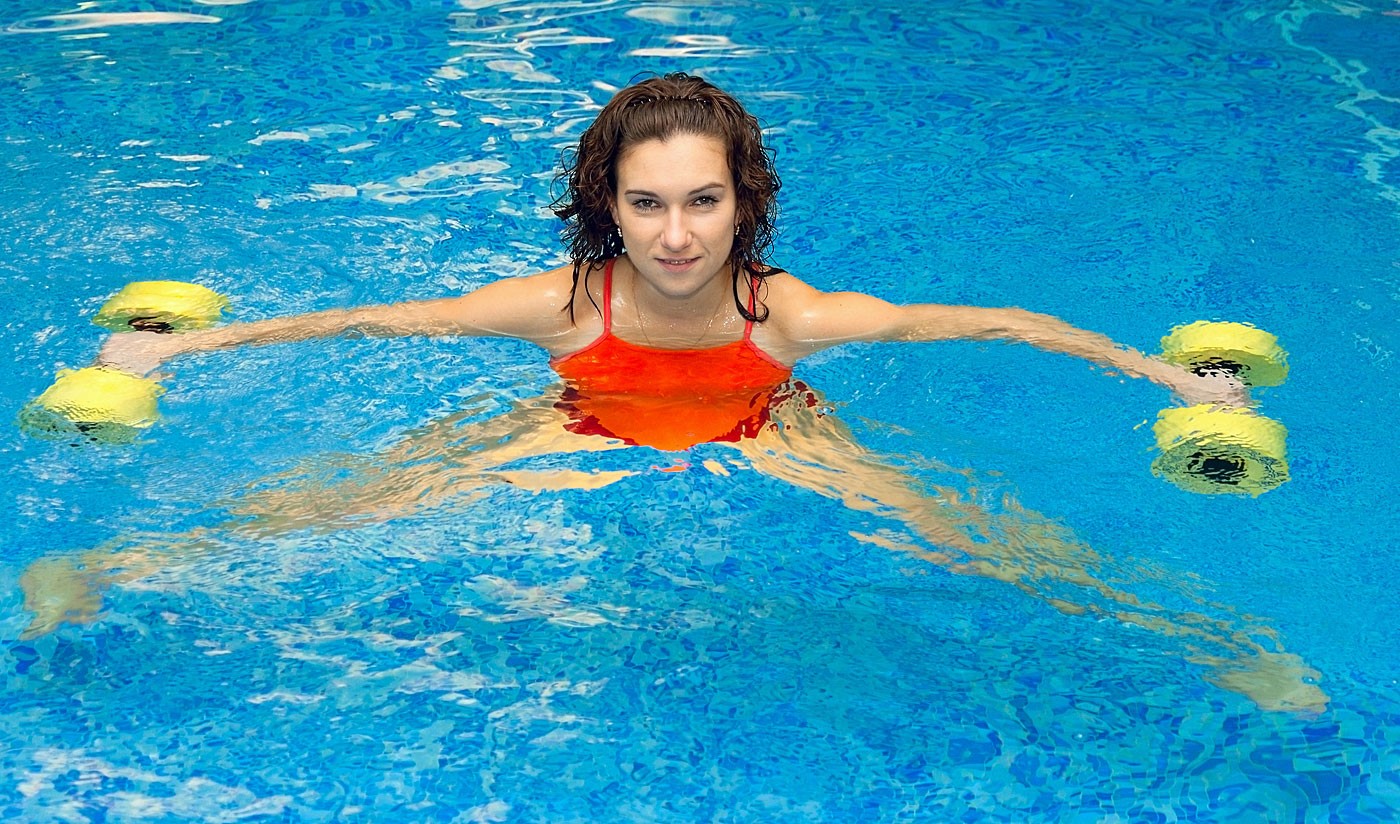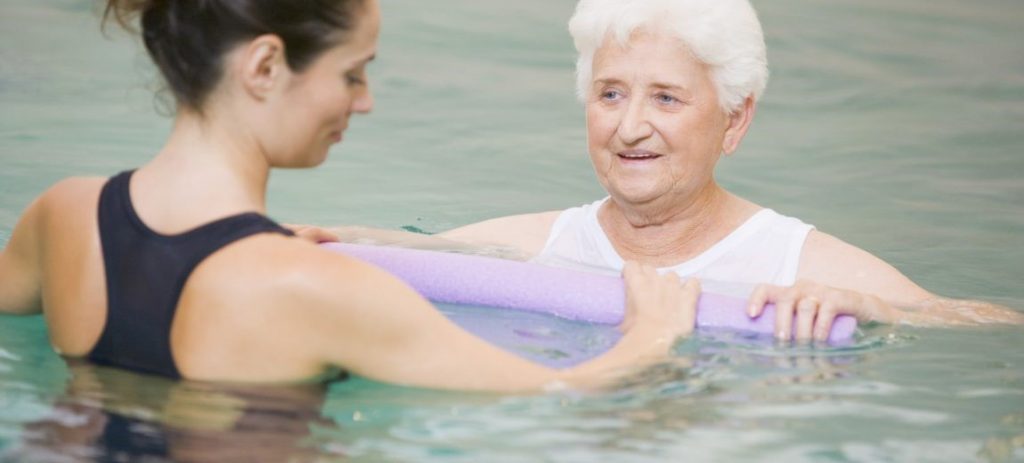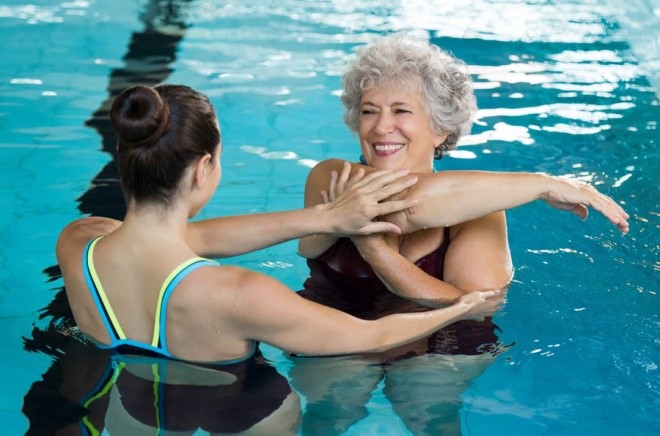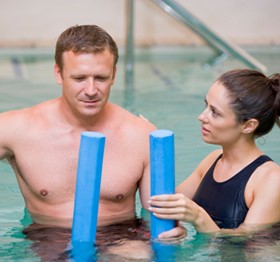
The History of hydrotherapy for pain management
Have you ever wondered exactly what goes on in a hydrotherapy centre? Despite being practiced by physicians since around the 5th Century, many people are still unaware of exactly what Hydrotherapy, or Aquatic Therapy entails and the benefits it can have on a variety of physical ailments.
Hydrotherapy is simply the use of water as a treatment or therapy designed to promote physical wellbeing. Ancient civilisations such as the Chinese, Japanese and Egyptians all promoted the use of water as a therapeutic treatment but it is likely the Romans with their public baths that most people will associate hydrotherapy with. Hydrotherapy fell out of favour throughout Europe after the Roman Empire collapsed and nude public bathing was no longer considered acceptable. It was an Austrian peasant farmer, Vincent Priessnitz who brought hydrotherapy to world renown in the 1820’s with specially designed compresses, head, eye and foot baths, full body baths and other cold water cures based on his years of observations and verifiable outcomes of participants.
In the years since then, scientists, physicians and physiotherapists have studied and refined hundreds of methods of Aquatic Therapy techniques and exercises designed to target specific areas of the body and painful problems. Today hydrotherapy is used to treat conditions such as Fibromyalgia, cerebral palsy, osteoporosis and joint and muscular pain and most orthopaedic surgeries such as a knee replacement, hip replacement and shoulder rotator cuff repair surgeries. It is even used for aqua natal classes as well as arthritis and cardiac conditioning.
How does Hydrotherapy work?

Hydrotherapy has a number of effects on the human body. We can thank the legendary Archimedes for his work; On Floating Bodies written in 250BC which provides us with the knowledge that some exercises in water are made easier, while others such as walking are made more difficult.[1] The water creates a sense of weightlessness as it counteracts the effects of gravity, while allowing a gentle resistance that is beneficial for performing movements a person may not be able to perform on land, increasing strength in a safer environment. The water in a hydrotherapy pool is also specifically heated to 34 degrees Celsius in order to increase circulation and blood flow, helping to activate areas of the brain that help to dampen pain signals to the brain.
What are the benefits of Hydrotherapy?
Aquatic physiotherapy has a number of positive benefits including[2]:
- The higher temperature is beneficial in reducing muscles spasms and tension
- The buoyancy of the water reduces pressure on the joints
- Improvements in function are more pronounced than land exercises
- Significant positive improvements in balance and coordination
- Significant reduction in pain
- Stimulation of the lymphatic system and flushing of toxins
What to expect at your first Aquatic Physiotherapy session
At your first hydrotherapy centre appointment you will be taken through an in depth land assessment of your physical mobility in order to identify any weaknesses and identify your goals. Your physiotherapist will then cover any contraindications and precautions and explain how the pool operates. The physiotherapist (in the water with you), will then guide your aquatic physiotherapy session utilising physiotherapist techniques, teaching and showing you the best exercises, and how to use the pool exercise equipment safely. Once you have been taught and have learnt how to do all the exercises safely, you can become self-directed and utilise the hydrotherapy facility at a reduced rate. You can only become self-directed if you have the adequate knowledge and pool skills taught by the physiotherapist who will also type up your individual program for you to use during your session.


For more information about Hydrotherapy in Sydney, please don’t hesitate to contact our friendly staff at Lane Cove physio on 02 9428 5772 or come on down and check it out for yourself.
[1] Becker BE (1997) Biophysiologic aspects of hydrotherapy. In Becker BE, Cole AJ (eds) Comprehensive aquatic therapy. First edn. Butterworth-Heinemann, Boston, pp 17–48
[2] Shaul Sukenik Hydrotherapy, balneotherapy, and spa treatment in pain management. Rheumatol Int (2005) 25: 220–224



